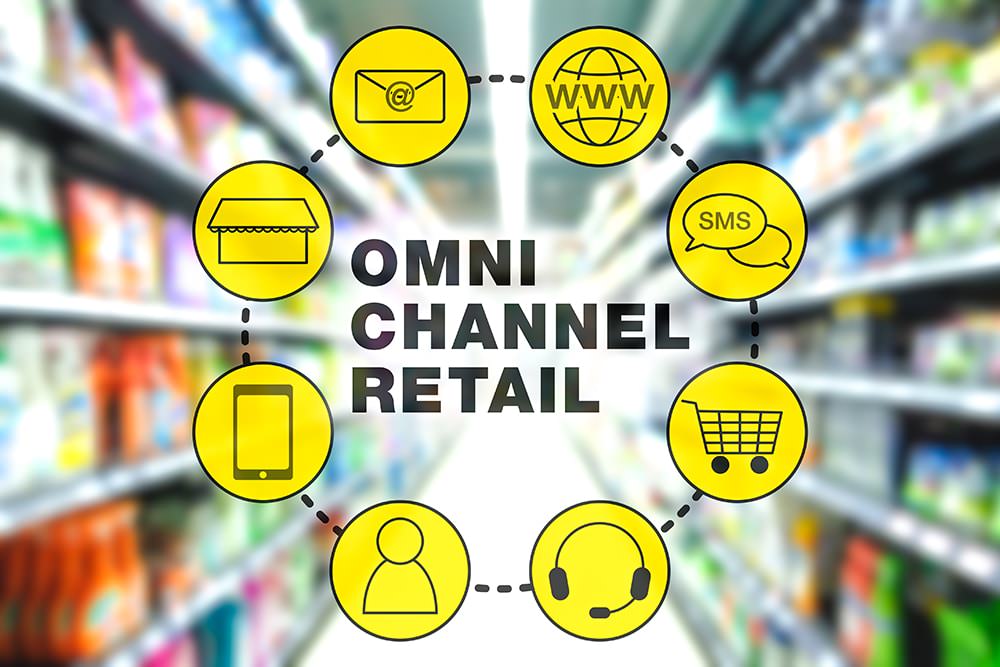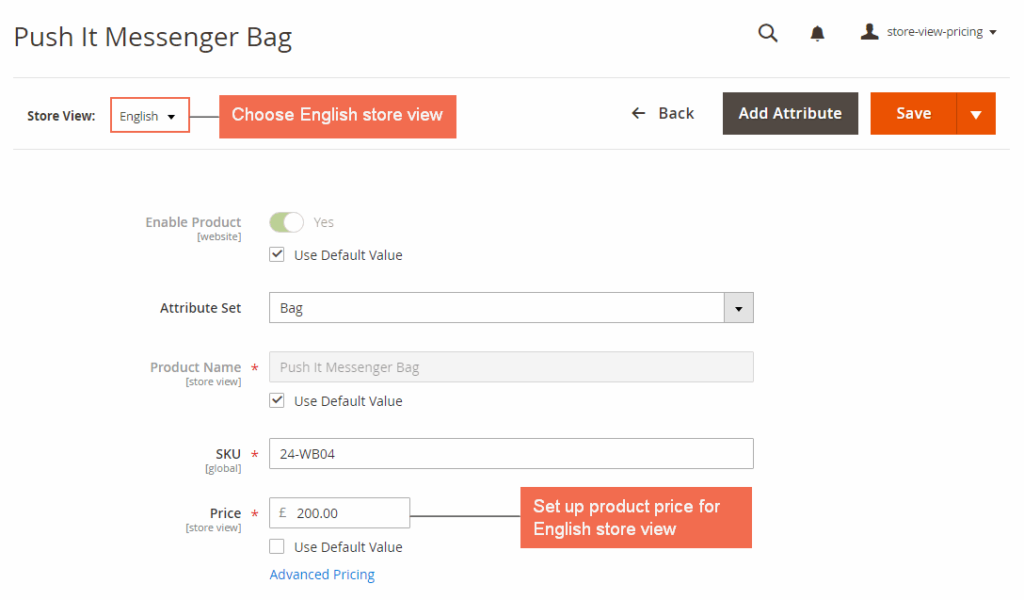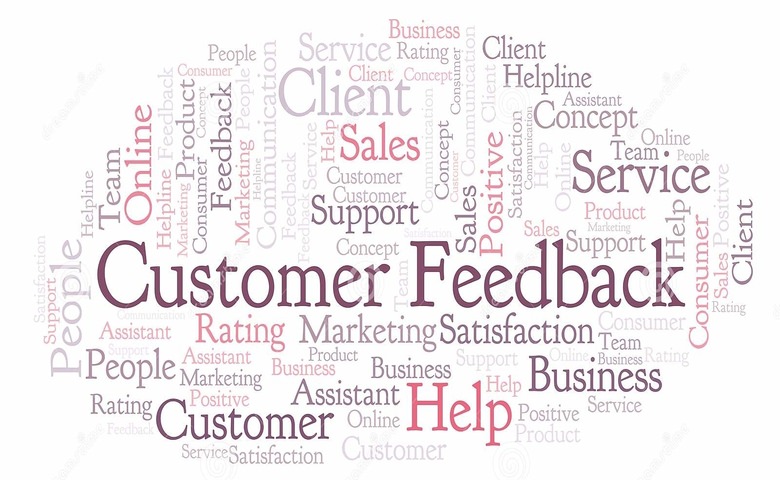According to Future of Ecommerce Report 2021, social distancing, travel restriction, and store closures turned the customer to shop online. Thus, sooner or later, retailers will be forced to sell directly to consumers (DTC) for the first time. However, not all eCommerce have prepared the right infrastructure to deliver a rich customer experience.
Looking ahead to 2022, we’d like to highlight TOP 8 eCommerce trends for the upcoming future. This article gives you an overview of each eCommerce trend and practical steps you can take right now to future-proof your business.
What are the TOP 8 eCommerce trends in 2022?
Table of Contents
Trend 1. Voice Commerce
Nowadays, voice assistants can help you with everything, from waking you up to buying products online for you. Loop Venture recent report mentions that by 2025, three-quarters of households in the United States will have smart voice assistant devices. Accordingly, sales from voice commerce are anticipated to grow to $40 billion by 2022.

Voice assistants become a daily basis
Voice commerce is the top rising eCommerce trend because it’s becoming more and more accurate and convenient. In that move, both Google and Amazon are integrating regional languages in their voice assistants to help customers shop online more conveniently. First thing first, you can start to optimize your eCommerce website to gain more organic traffic from voice search. A simple but highly effective way is that you should optimize your top conversion funnel content to have responding answers to the most popular questions from customers about your products or business industry. For example, the online customer can start a quick voice search looking for advice on “How to reduce running injuries”. This leads them to read the recommended solution via your blog post, and consequently buy your running shoe insoles. Voice commerce is such a significant eCommerce trend that no one can ignore it.
Takeaways to empower your eCommerce site with voice search ability.
- Optimizing your content to have higher chances to appear in results of voice searches.
- Offering voice-based navigation features on your online website.
- Making sure that your customers can purchase your products in a simple flow using voice commands.
Trend 2. Omnichannel Retailing
Omnichannel shopping refers to ecommerce trends in which retails provide customers a seamless and consistent experience across multi-channels and different devices.
According to a survey by Harvard Business Review about eCommerce trends in 2018, 73% of the participants explore and then purchase products through several channels within their shopping journey. People are increasingly adopting mobile devices and voice assistants into their life, which in turn increases the number of omnichannel customers even more in 2021. In the backend operation, retail will need automated shipping and fulfillment. Orders are expected to be handled and shipped in the shortest time, at free cost, and in a sustainable way to the customers.

Omnichannel Retailing can create great customer buying journey
Using inventory solutions such as Magestore Inventory Management software can provide detailed eCommerce analytics to track real-time inventory levels of both your online websites and your physical stores. This tool also offers add-on reports on which products are in demand, your profit, and loss. These insights optimize your product inventory in selling channels so your customers can find the products they are looking for in a suitable location and have a seamless buying experience.
Takeaways to offer a seamless omnichannel shopping experience.
- Optimizing your eCommerce website for mobile devices. If you have the budget, let’s try building a PWA (Progressive Web App) site in Magento or a Magento mobile app
- Personalizing your customer experience at every touchpoint of the buying journey.
- Offering various purchasing options such as BOPIS (Buy online, pick up in-store) or Buy in-store, get home delivery, or Buy online, get home delivery for this eCommerce trend.
Trend 3. AI and AR for enhancing eCommerce Experience
According to Juniper Research for eCommerce trends, online retail store owners will spend $7.3 billion on Artificial intelligence (AI) by 2022. Over 120 thousand stores will use Augmented Reality (AR) technologies to offer a better customer buying experience by 2022.
AI offers personalized guidelines and suggestions to your customers similar to an online in-store associate. Also, AI can explore customers’ order history and analyze their past behaviors to recommend products that are more likely to be purchased by those customers.

Test products before purchasing with AR technology
Unlike physical offline stores, online customers can’t physically try or test the products they intend to purchase. AR helps remove this barrier by allowing customers to see what a given product will look like before they buy it.
Takeaways to comprehend the benefits of these AI and AR eCommerce trends.
- Implementing AI and AR for your eCommerce store, you’re increasing your conversion rate and reducing your product return rate
Leverage the power of AI to auto generate high quality content with our ChatGPT Magento extension!
Trend 4. New Payment Options
The variety of payment options is one of the main reasons why customers choose a particular brand. If you offer your customers preferred payment methods, chances are they’ll buy from your eCommerce store.
Keeping social distance and limiting exposure has radically changed the way the world pays thus leading to new payment eCommerce trends. According to the National Retail Federation Report for Retailer, 67% of the United States retailers currently allow some touch-free payment method. Meantime in Europe, Visa highlights that 75% of transactions at stores are using contactless payment methods. Many SMEs are integrating extra digital and online payments to the options and gaining higher customer satisfaction, effective process, and simple exchange procedure.

Retails accept touch-free payment methods in ecommerce statistics 2021
Takeaways to consider the most crucial trending payment methods.
- Allowing customers to pay by digital wallets such as Google Pay, Samsung, Apple Pay, and PayPal besides traditional debit and credit cards.
- Experimenting with crypto and Bitcoin payments for low transaction fees and no reverse transaction. In 2021, we can see more eCommerce businesses starting to accept cryptocurrencies for transactions.
Trend 5. Multiple Pricing
For multinational businesses, cross-country sales are common. Even when you’re selling the best products in the world, incorrect pricing can make you miss out on potential customers and sales.
Takeaways to get your right pricing across nations
- Making sure to set up the right price for your product in every store view. This prevents customers from having to convert currencies or confuse prices.
- Using tools like BSS Multiple Store View Pricing to set up pricing can reduce time and increase accuracy when managing multiple currencies and rates.

Tool to setup pricing for multiple storeviews in Magento 2
Trend 6. Mobile eCommerce
Today, consumers have more confidence in online shopping, so they begin to feel more comfortable and tend to make purchases using their mobile phones. According to the latest report of eCommerce trends by Status Labs, sales made with mobile devices will account for nearly 73% of total eCommerce sales in 2022. In addition, 30% of online customers said they will abandon their shopping cart if they feel that your website doesn’t create an easy mobile experience. No controversy, you should focus on improving the mobile experience of your store this year.

Smooth online purchasing with Mobile eCommerce
Takeaways to prepare your website for mobile eCommerce.
- Browsing your website with your mobile device to see if it’s easy to navigate. A reliable and easy-to-use tool is Google Mobile-Friendly Test. You just need to paste your website URL into it to see your website response. It also suggests loading issues (if any) of your website.
- Building a PWA site for your online store, like mentioned in Trend 2. PWAs load faster than a traditional website and allow customers to view the content of the pages they’ve previously browsed without an internet connection.
- Installing accelerated mobile pages (AMP) for customers visiting your site with smartphones.
- Making sure that your website has a smooth mobile checkout process, and find a way to simplify it even further.
- Checking your website with your mobile phone to see if your product is easily visible with the function of zooming in and out.
Trend 7. Sustainability Practices
Green consumerism is on the rise. Brands need to change quickly to catch up with trends and remain competitive. Green consumerism is defined as when customers look for products that are produced in an environmentally friendly manner that protects the environment or involves recycling.

Green retails will dominate the market in eCommerce trends
According to Harvard Business Review about future eCommerce trends, 65% of interviewees confirm that they prefer to purchase products from brands that support sustainability, which demonstrates a surge of consumer interest in green consumerism. This is a signal that to dominate the market in the coming years, eCommerce brands should promote eco-friendly activities.
Major e-commerce brands have begun planning to implement more sustainable methods of running their businesses. The world’s largest eCommerce company, Amazon, for example, has committed to reducing its carbon emissions to 0 by 2040.
Takeaways to attract green customers to your eCommerce website.
- Having a clear stance and connect your long term mission on sustainability
- Deciding what and how you’ll contribute to the environment. Let people know what methods you can achieve this goal.
- Using eco-friendly packaging made by recycled sheets or fabrics, zero-waste consumption.
- Emailing receipts instead of printing them.
- Saving energy as much as you can, it can be as simple as turning off the devices in your office when not in use.
- Researching to add eco-friendly alternatives to your existing products.
Trend 8. Visual Commerce
Visual commerce is the use of images not only on product pages but across your store as well, to engage users and convert sales. For example, large retailers like Nike have used visual commerce to influence customer behavior. They use high-resolution quality images and storytelling imagery on their homepage along with shortcuts for customers to buy products directly.

Visual commerce by storytelling in Nike’s website
Takeaways to promote visual eCommerce trends to increase sales
- Changing the default format of your product’s images, from JPG to JPEG2000 or WebP format to improve loading speed and visual effect.
- Uploading 360-degree view photos or videos for your bestsellers.
- Applying an intuitive search engine that allows customers to search for products with images.
- Adding visual advertising on Pinterest and Instagram to gain more traffic to your website and boost your conversion rate.
What techniques and strategies to invest in for your eCommerce future
Here we summarize some technology keywords of eCommerce trends that you will definitely come across in 2022.
- AI and AR
- Voice search
- PWA
- Big data
- Chatbots
- Headless and API-driven
How can store owners apply these eCommerce trends to their business?
Deciding if an eCommerce trend makes sense for your business is important. There are some practices you should keep in mind to assess industry trends and make the right move for your eCommerce.
1. Follow industry influencers and publications
Keep track of blogs and industry-related news so you can stay up-to-date on what’s eCommerce trends happening. Start by finding influencers and publications that are specific to your industry, then link to other industries and markets for the bigger picture.
2. Read the periodic research reports and industry updates
All industries change at one point or another, so updating through reports and eCommerce statistics can tell you where things are going. Figures and documentation should be selected from reputable and original sources. Continuously and regularly holding on to outstanding trends in your industry, you will gradually have a sense of trends that are worth pursuing and upcoming eCommerce trends.

Read report and industry analysis to get updates of ecommerce trends
3. Take the most advantage of digital and analytical tools to gauge customer behavior
Analyze customer data to assess whether a trend is suitable for you. Numbers can tell a lot. Some trends may work for other businesses, but it’s you who know your customers best. You should use more than one data collection tool so that you can have a basis for assessing customer trends from different sources. Then, quantify these numbers to observe overall eCommerce trends in your business. Ask yourself if the adoption of that new trend disrupts your customer behavior or not.
4. Collect your customer’s feedback
Feedback from existing customers can give you clear insight into trends. From there, you can make more specific plans for the future. Don’t be afraid to ask what your current customers really need. In fact, customers may even suggest a genius idea you haven’t even thought of yet.

Collect customer feedback to get clearer insights into eCommerce trends
5. Take a look at your competitors
Observe them to see if they jump on a particular trend. If so, how does it work for them? Of course, that doesn’t mean you’ll emulate everything your competitors are doing. But awareness of your competitors’ change is a good way to recognize and gauge a trend’s effectiveness.
Conclusion
If you want your businesses to dominate the market, you need to identify and be prepared to adopt the latest eCommerce trends as soon as possible. By 2022, omnichannel shopping, AI and AR, and voice commerce are likely to become ubiquitous. Online businesses will start allowing more payment methods, even cryptocurrency to attract more customers to choose their brands. The trend of building PWA websites will be increasingly popular for shopping by mobile devices. Believe it or not, if you are not prepared to invest in a revolution, you may be left behind by your opponents in this game of changes.
